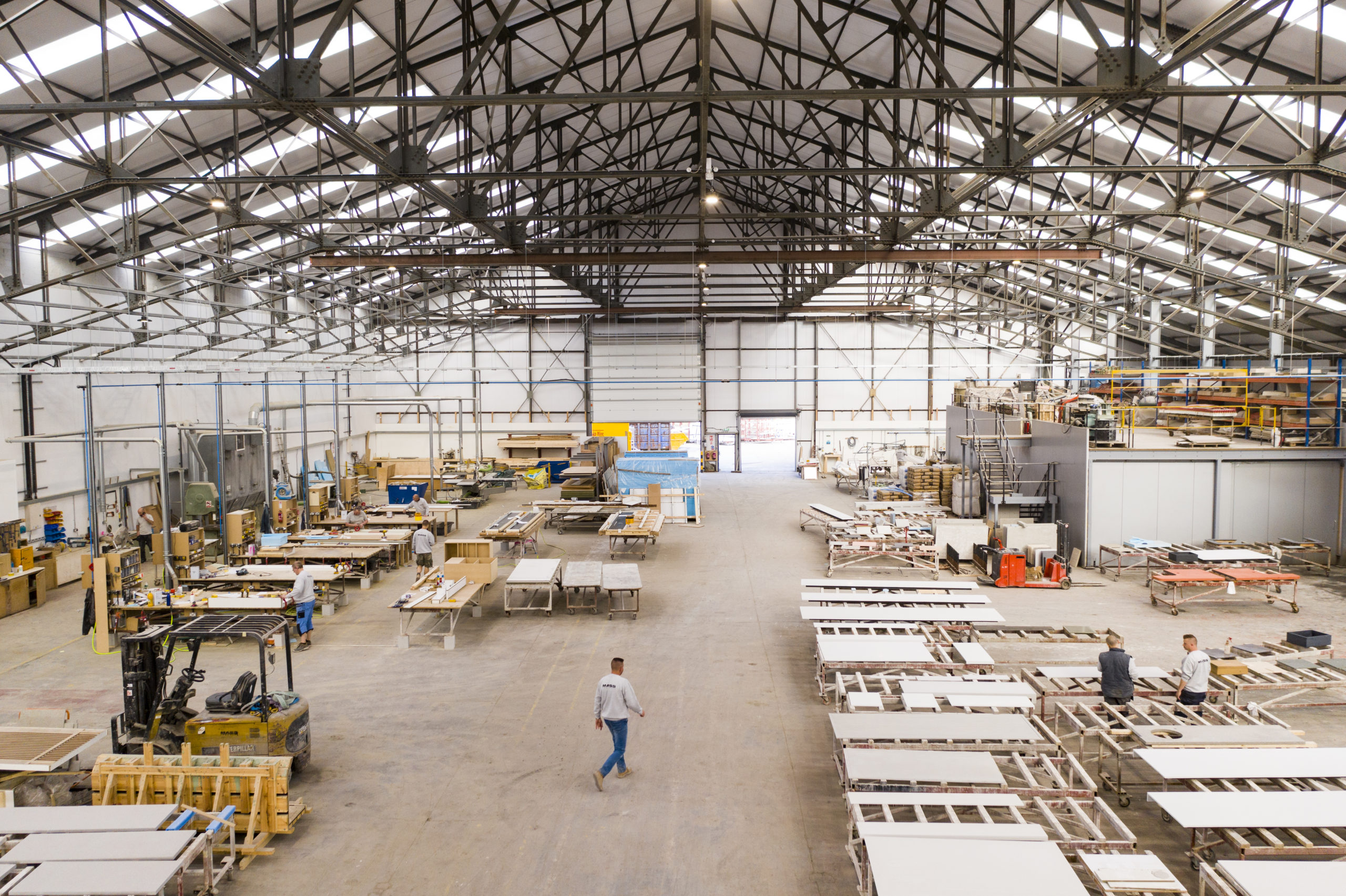Drones: Flying inside – ‘It can’t be done!’

It’s pretty much universally agreed, drones are brilliant. When it comes to bang for the buck, including drone footage or stills in any project will raise the production value for relatively little extra budget. However something we’ve noticed gaining popularity, and something we’ve increasingly being asked to do, is to fly inside. So, can you do it, and if so how?
There’s a few different things we need to consider, first and foremost: what’s the space you want to capture?
Drones are best utilised when they can offer a unique perspective that no other means is going to achieve. This usually involves high tracking shots or smooth elevation changes. If capturing a low ceiling office is what you’re after – the drone isn’t for you. (Any decent gimbal operator is going to be able to get the same kind of shots, with less fuss.)
Modern drones rely fairly heavily on positioning-technology to fly. Sadly, not all of these will work indoors. In addition, most drones won’t fly without a magnetic compass calibration, and with the amount of steel in modern buildings this can be problematic. Therefore the simplest solution is to calibrate the compass outdoors initially – although running in and out every time you need to change the battery can become tiresome!
GPS (Global position satellites) tell your drone where it is, when it’s moving and when it’s not. Without a signal the drone is flying ‘blind’. It’s likely to drift, becoming difficult to fly and unpredictable to control. Almost every drone can fly without GPS but in doing so the filming aesthetic is altered – a more ‘organic’ movement rather than seamlessly smooth. In enclosed spaces ‘vision sensors’ are used to help drones avoid any collisions – most of the latest drones are equipped with these as standard.
Lastly, the most obvious challenge of piloting a drone inside is simply less space to manoeuvre and more opportunity to crash in to the surroundings. Thankfully, rotator guards can help someway to overcome these issues. Although, we still need to keep in mind the possibility of unexpected updrafts from your own rotors and objects, eg. wires, which your vision sensors won’t be able to help with.
All in all, if you have the right space, the right pilot and a little patience, flying a drone inside *can* lead to some brilliant results.
For Mass Concrete we flew inside their huge aviation hanger…quite fitting really when you think about it!
Check out the film here
